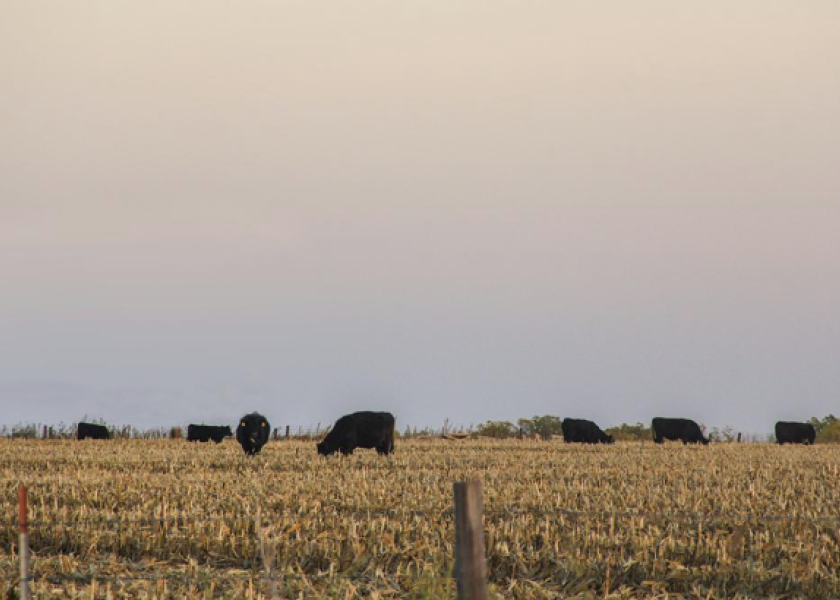Rural Bankers Turn More Negative on Economy

For the sixth month in a row, the rural Midwestern regions marked a slowing in economic growth, according to the Rural Mainstreet Index. That Creighton University index shows the region’s overall reading for February fell to 46.2 from 48.1 in January. It ranges between 0 and 100, with a reading of 50.0 representing growth neutral.
“Higher interest rates, weaker agriculture commodity prices and a credit squeeze are having a significant and negative impact on rural mainstreet businesses and on rural mainstreet farmers,” says Creighton’s Dr. Ernie Goss, who conducts the survey.
Jeff Bonnett, CEO of Havana National Bank in Havana, Ill., reports, “Commodity prices that are $1.50 to $2.00 per bushel (corn) less than break-even are obviously not sustainable.”
Farming and ranching land prices: The region’s farmland price index fell to a still solid 57.7 from January’s 64.0. The farmland price index has remained above growth neutral for 51 consecutive months. “Creighton’s survey continues to point to solid, but slowing, growth in farmland prices. Approximately 19.2% of bankers report farmland prices expanded from January levels,” notes Goss.
Almost three-fourths of bank CEOs name low farm commodity prices as the biggest risk for farms in 2024.
Approximately 44% of bankers indicate the financial positions of farmers in their area had weakened over the past six months.
Farm equipment sales: The farm equipment sales index for February increased to a still weak 49.5 from January’s 47.9. “This is the eighth time in the past nine months the index has fallen below growth neutral. Higher borrowing costs, tighter credit conditions and weaker grain prices are having a negative impact on the purchases of farm equipment,” states Goss.
Jim Eckert, CEO of Anchor State Bank in Anchor, Ill., says, “Our farmers are not projecting very profitable operations in 2024. Although some input costs are down from last year, weak grain prices for the 2024 crop are depressed and expected to remain so.”
Banking: The February loan volume index declined to a still strong 66.0 from 71.9 in January. The checking deposit index plummeted to 48.0 from January’s 62.0. The index for certificates of deposits and other savings instruments slipped to a still strong 60.0 from 62.0 in January.
More than four of 10 bankers indicate falling farm commodity prices as the biggest risk for community banks in 2024.
Confidence: Rural bankers remain very pessimistic about economic growth for their area over the next six months. The February confidence index increased to 40.4 from January’s 38.5. Weak and falling agriculture commodity prices and higher interest rates over the past several months continued to constrain banker confidence.
The Rural Mainstreet Index covers 10 regional states, focusing on approximately 200 rural communities with an average population of 1,300.






